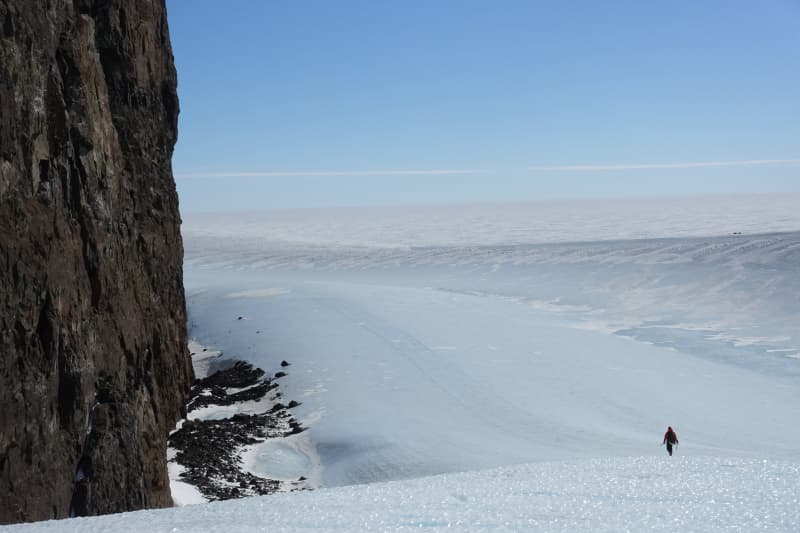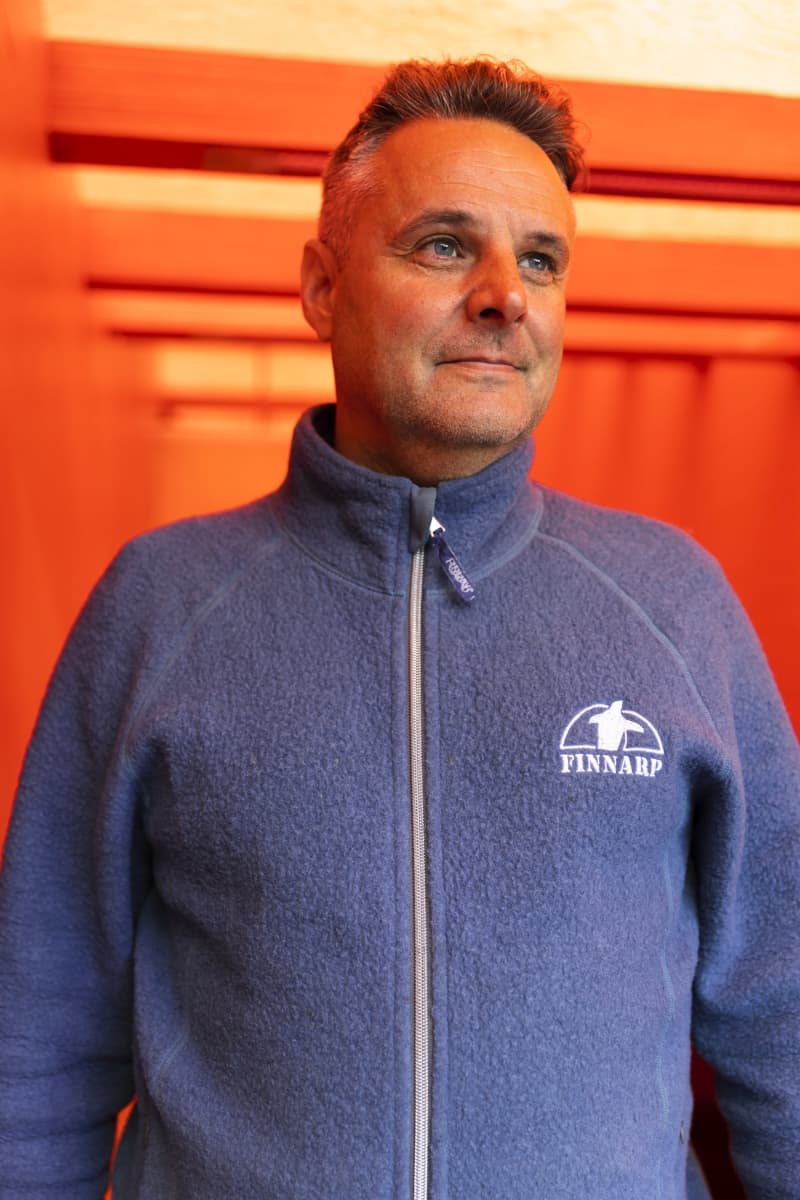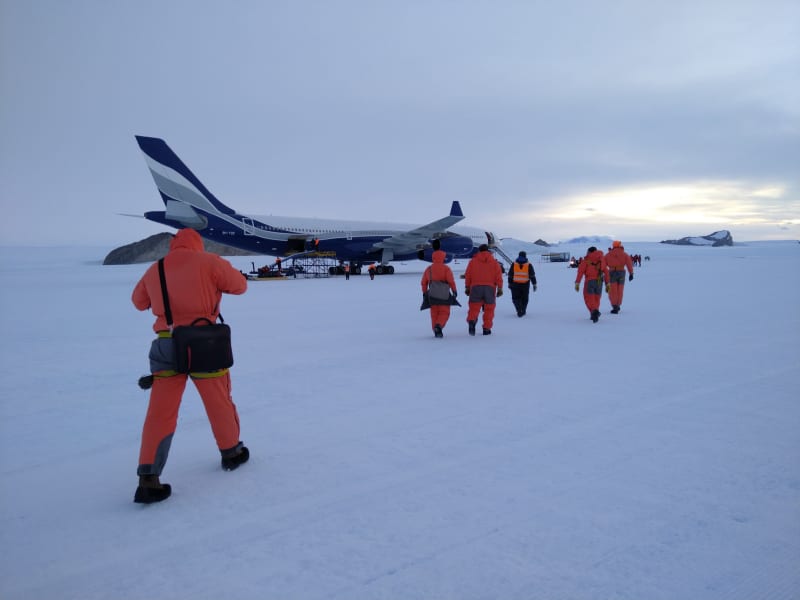
During a three-month expedition, the Finnish expedition FINNARP collected data on snow and ice cover and the activity of volcanoes that erupted 180-200 million years ago.
The Finnish Antarctic Research Expedition FINNARP’s studies provided new information on ancient giant eruptions, including the structure of lava layers, and the role of snow and ice depth in reflecting sunlight.
On 8 November, the expedition set off for Aboa, a research station in the Finnish Antarctic, via Oslo and Cape Town. They were accompanied by scientists and people responsible for the technical, catering and medical care of the research station.
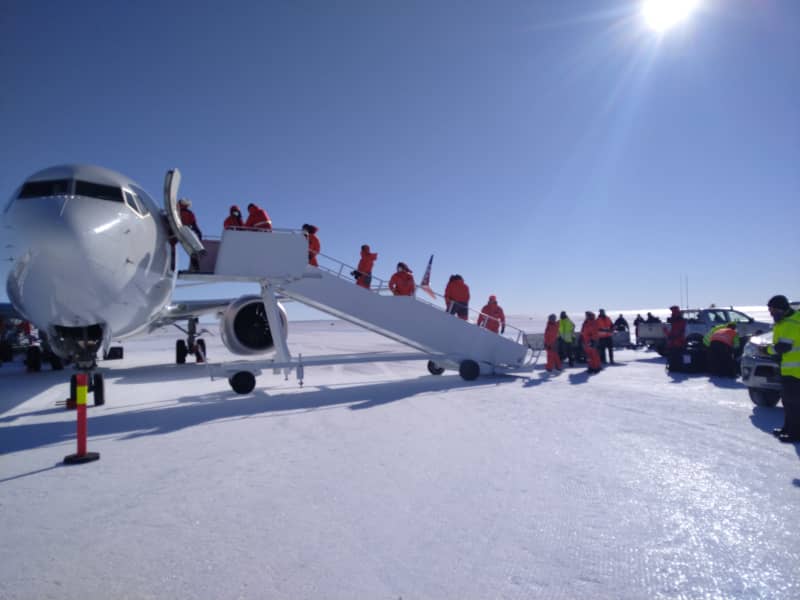
The outward journey took three days on a single plane from Oslo to Antarctica. The last hundreds of kilometres were covered by smaller Twin Otter and DC-3 aircraft from Norway’s Troll research station.
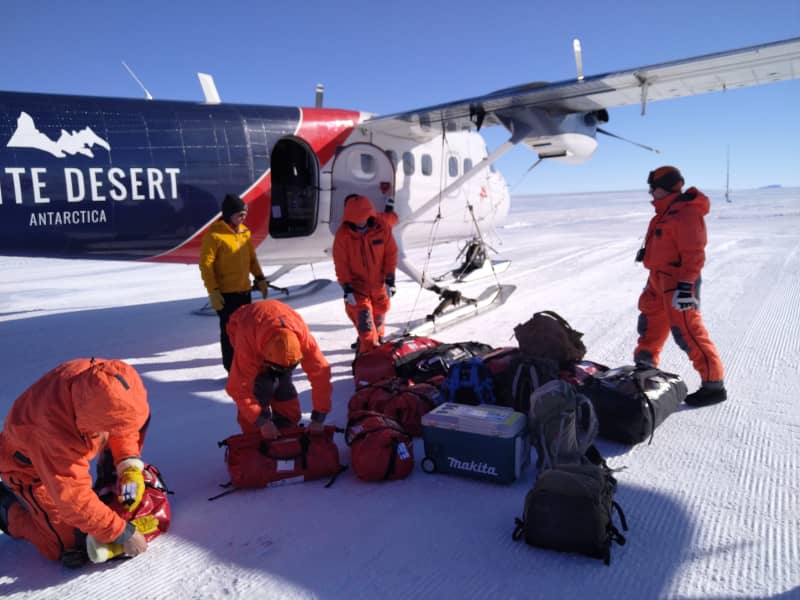
For the first month, drinking water was obtained by melting the snow and later from the glacier water melted by radiant heat under the blue ice.
When the research team arrived, it was the end of Antarctic winter: 22 degrees below zero and the snow crunching under the shoes.
– Soon after our arrival, however, the heavy spring storms started. In snowstorms, the wind could blow over 40 m/s, and even then the visibility is absolutely zero, says Kalakoski.
– After that, we experienced the middle summer of Antarctica, when the temperature was even close to plus degrees. And just before returning, the first autumn storms came.
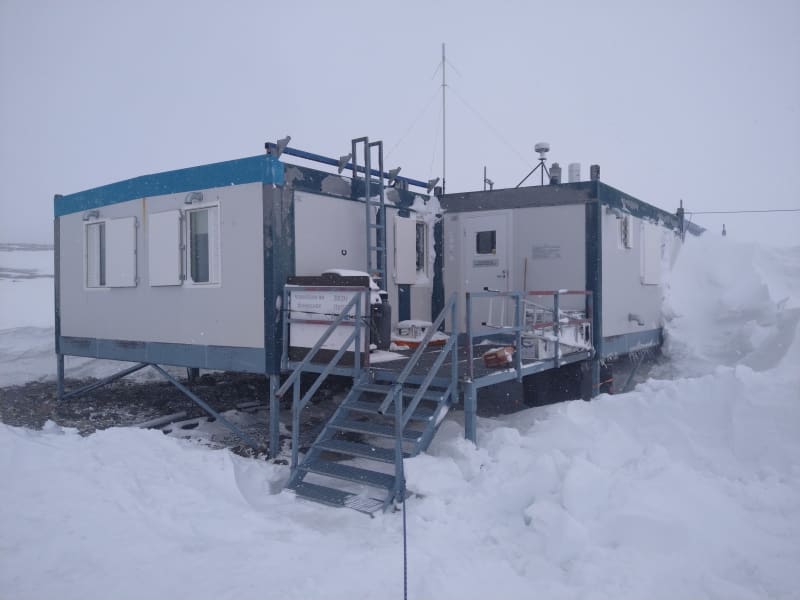
Kalakoski says that observing the weather is one of the most important elements of a successful trip, because it determines when to work in the field and when to protect the station from storms.
Kalakoski, who has been to Antarctica almost twenty times, says that every year is different in terms of weather.
– In the short term, partly through the senses, the weather is observed for everyday operational needs, while at the same time long-term multidisciplinary cooperation on climate change is carried out in research, which follows the criteria of scientific research.
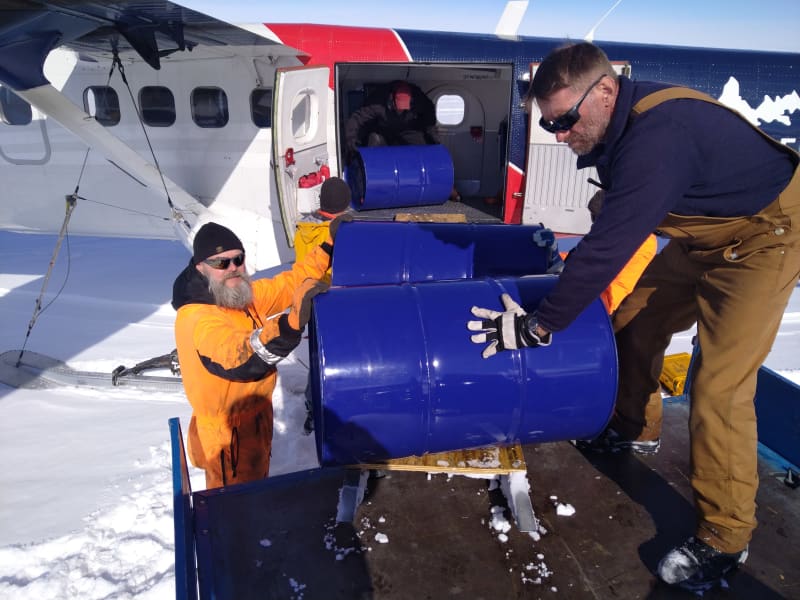
In addition to weather and climate, the supply of fuel and spare parts must be secured at the research station. Before departure, we will also gather for a training camp.
– Attention must be paid to the group working together and having fun, because all life at the research station takes place for three months more or less in the same premises, i.e. rest, cooking and leisure time.
In their free time, they went out on the mountain, played games, watched movies and did crafts. Kalakoski says that you quickly get used to not hanging around on your cell phone, even if, for example, sending Whatsapp messages is possible nowadays. When returning home, it takes Kalakoski a week or two to get used to the world of sound and visual stimuli.
Mika Kalakoski is satisfied with the success of the trip. The measurements and investigations were successful as planned, and the maintenance of the Aboa station, established in 1998, was completed on schedule.
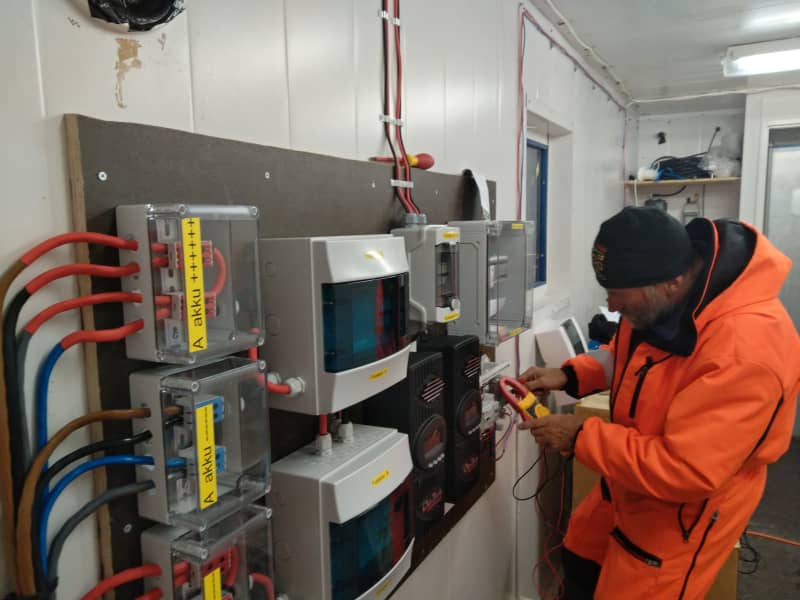
– We try to make the trip every year, because the measuring equipment that collects data all year round is hard and requires regular maintenance. The composition of the research group changes every year, says Kalakoski.
The idea of \u200b\u200bthe expedition leader will already be on the next excursion.
– The plan is to go again next year. Renovations of the energy systems and replacement of the GPS station are needed. This season, satellite reflectors were also received, which need to be installed. On the next trip, gravity will also be studied.
“Research on glaciers and the edges of steep volcanic chasms requires good physical fitness”
During the trip, geologists from the Central Museum of Natural Sciences of the University of Helsinki, Luomus, studied the volcanic bedrock of Vestfjella, formed around 180–200 million years ago, around Aboa station. At that time, Antarctica began to separate from Africa.
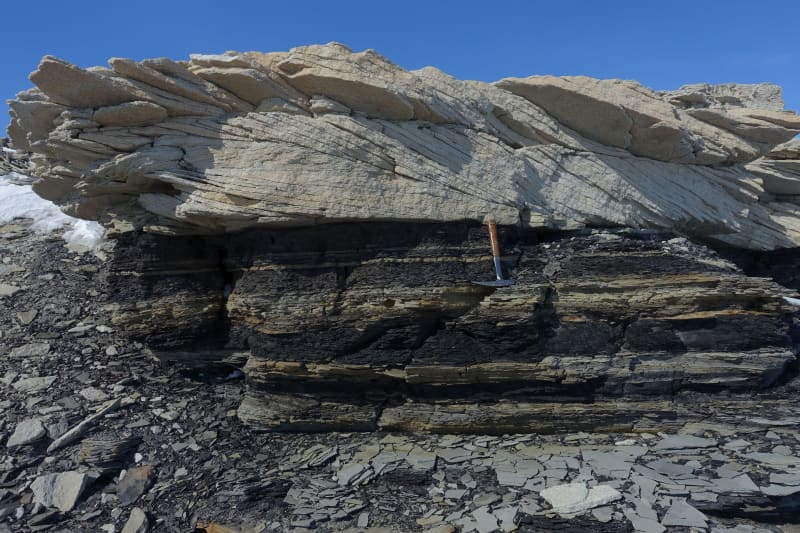
Geologists took notes on the extent, thickness and internal structures of the lava layers and collected samples from the lava layers.
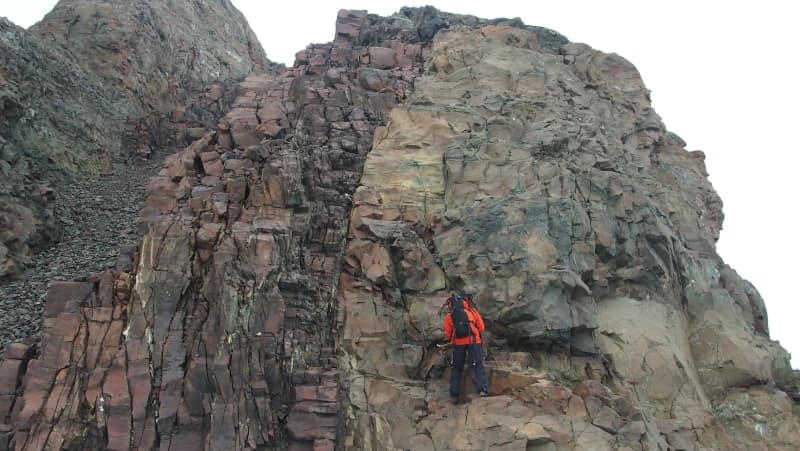
– If the area was icy, we climbed with ice picks and picks. The walls are often steep, and it is dangerous to work on the edges of vertical shafts. Field research like this is physically quite demanding, Luttinen states.
They tried to plan the routes from the bottom to the top of the mountains in such a way that as many samples of lava deposits as possible could be collected as they ascended.

– For the first time, we had a chemical analyzer in use for the study of volcanic material. We sawed off a piece of the stone sample, polished it and with the help of the analyzer we were able to do the first analyzes on the spot.
According to Luttinen, the geological toolkit includes many types of analysis that cannot be done on site. Finland is expecting a cargo from Antarctica that contains material that will be studied in more detail in the coming months and years.
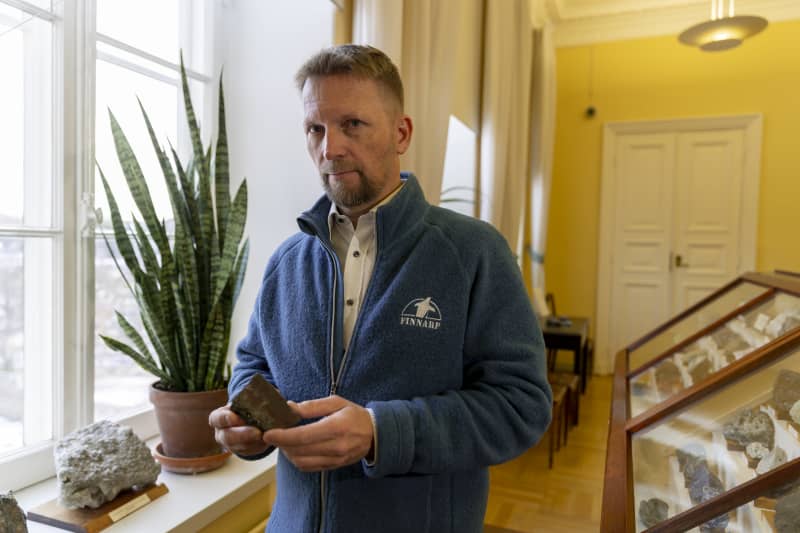
“Lava in the Aboa area comes from three different volcanoes”
Research shows that the lava layer around Aboa has erupted from three different volcanoes, each of which has its own chemical \”fingerprint\”.
According to Luttinen, the research now provided an accurate picture of what kind of volcanic system the volcanoes near the Aboa station had during the Jurassic period. Such large eruptions have not occurred in the history of mankind.
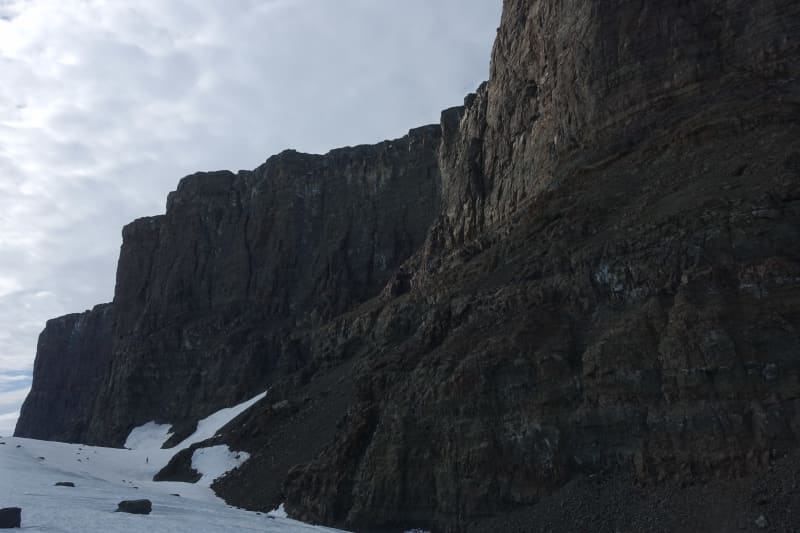
– It was realized, among other things, that the eruptions happened quite calmly and that there were long quiet periods between the eruptions. It means that the volcanic gases that were released during the eruptions did not rise to the upper parts of the atmosphere, but remained rather low.
According to Luttinen, this explains why the environmental effects of that time were relatively mild, even though extinctions did occur. Marine animals with tentacles like clams were especially hard hit at that time, but land plants and dinosaurs also disappeared.
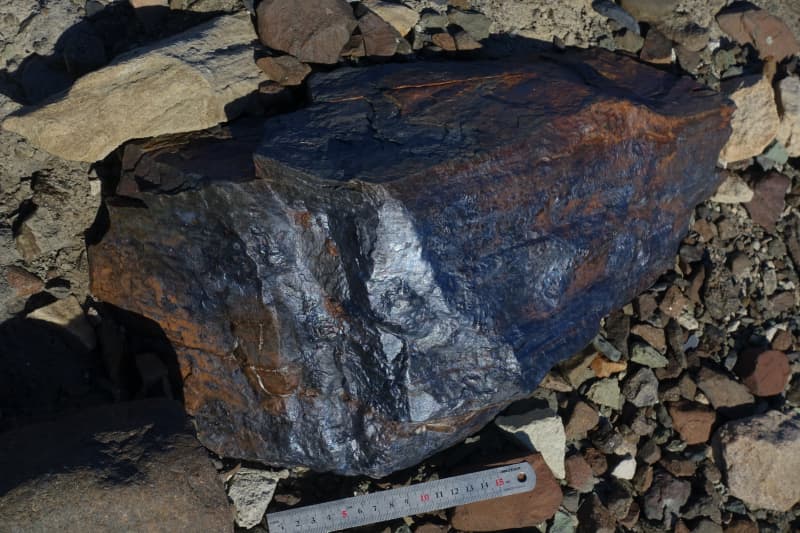
Although the eruptions were peaceful, they released a lot of carbon dioxide into the air. It had global consequences.
– The research helps to understand how volcanic eruptions have affected the climate and biota. A similar event is happening now, but this time by a human.
– Understanding past climate changes helps in facing the future. That’s why understanding the past is essential for understanding the present, Luttinen emphasizes.
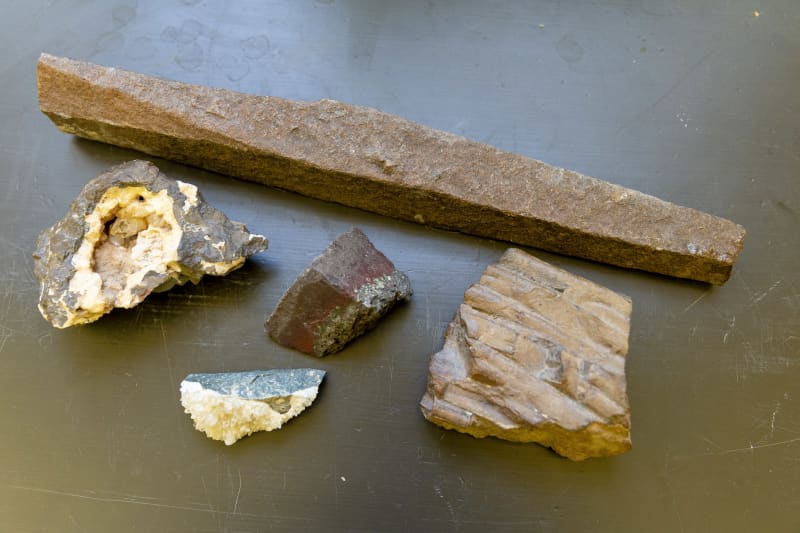
The more radiation that is reflected away from the Earth’s surface, the slower the Antarctic ice sheet melts
The researchers from the Finnish Meteorological Institute and the Land Surveying Institute also measured the physical properties of snow, the surface roughness of snow and ice, and reflectivity, or albedo, around Aboa.
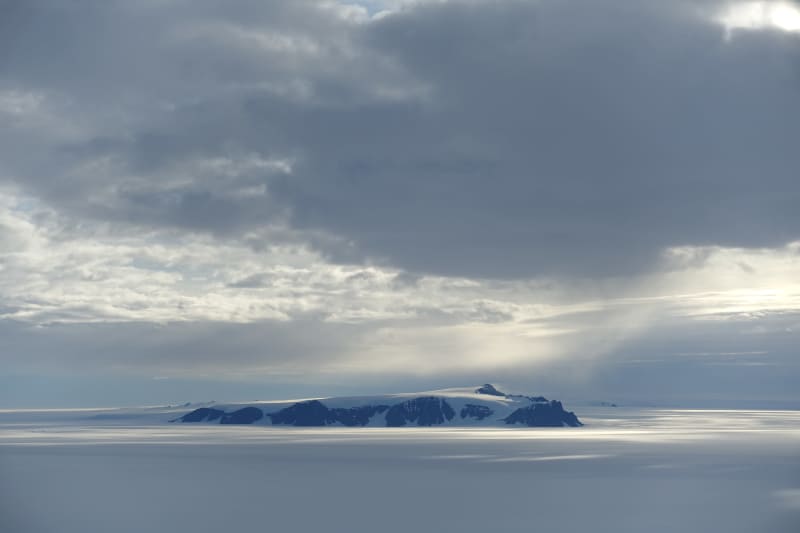
Drones were used in the measurements, one of which had laser projectors on board and the other had radiation measuring devices. Measurements were also made from the surface of the earth. The snow pit measurements measured, among other things, the density of the snow, the temperature and the size of the snow crystals.
The surface roughness of the snow was now studied for the first time using laser projectors, Leppänen says. The aim of the research is to obtain more detailed information for the observation of glaciers and sea ice.
Leppänen says that the rough surface of the snow reflects the radiation back weaker, as do the impurities in the snow. Fresh snow, on the other hand, reflects more radiation.
– Reflectivity is essential in the sense that the more radiation that is reflected off the earth’s surface, the less energy remains on the earth’s surface, and the slower the Antarctic ice and snow melt.
